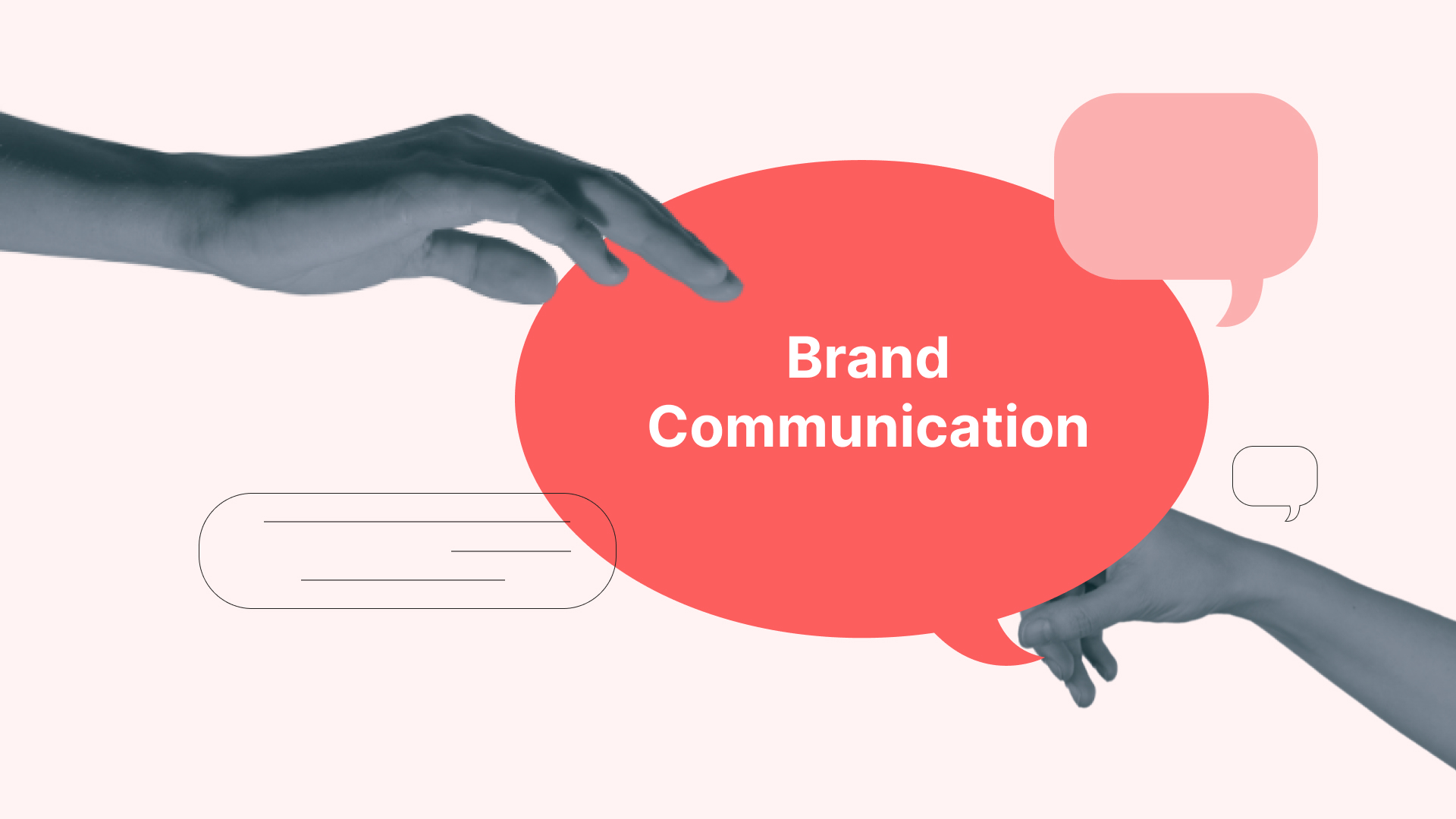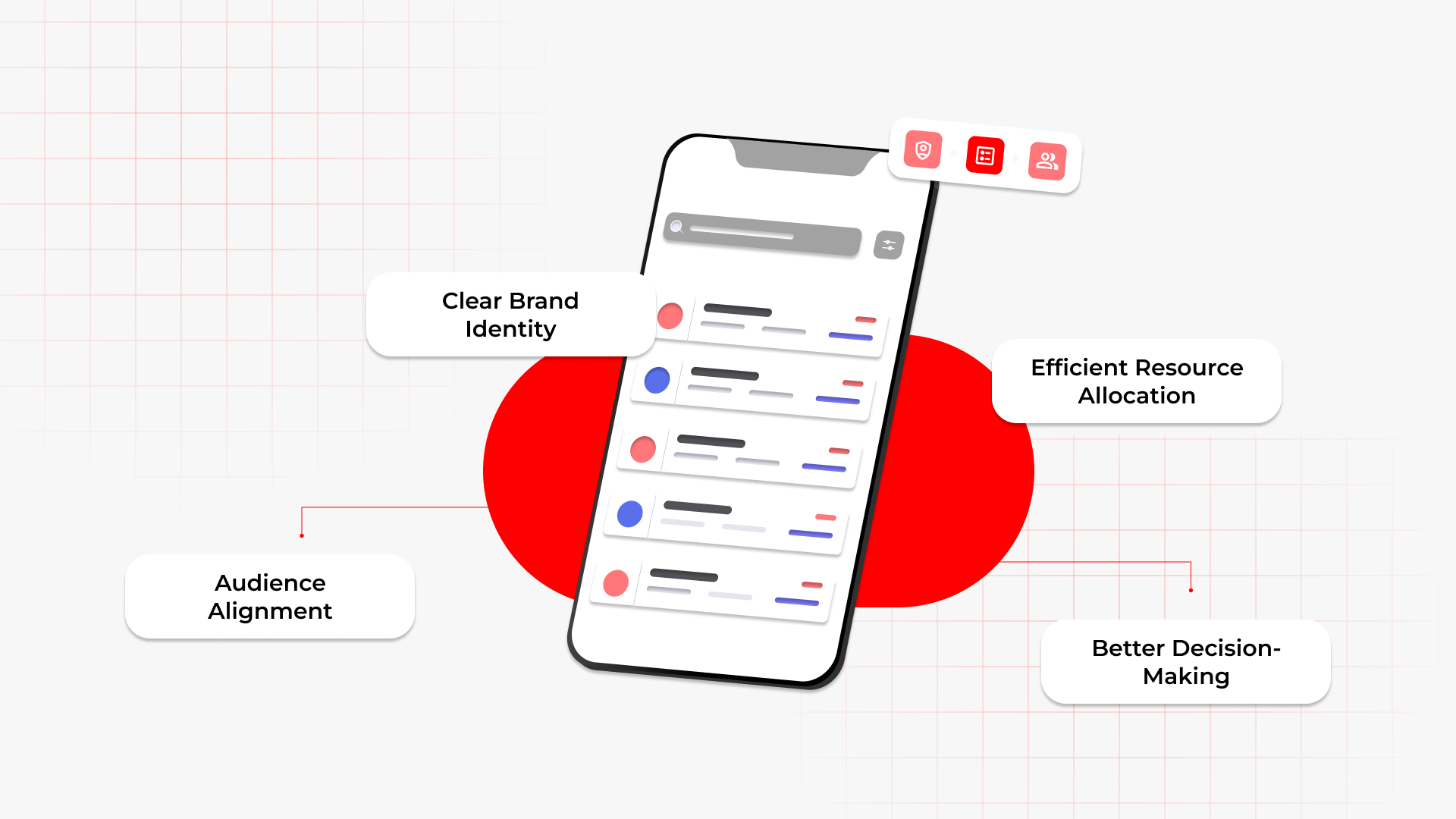What Is Brand Communication? The Ultimate Guide for B2B Businesses
What is brand communication? Find out how it can increase engagement, boost trust, and elevate your business. Explore our strategies for success now!

What is brand communication? Find out how it can increase engagement, boost trust, and elevate your business. Explore our strategies for success now!


Have you ever stopped mid-scrolling to think about why certain brands grab your attention while others get scrolled past?
It's not just about flashy logos or catchy taglines.
it’s about the way a brand communicates.
How a brand communicates can make or break its connection with the audience.
In fact, keeping your brand consistent across every platform can increase your revenue by as much as 10 to 20%. Every interaction with your audience matters, and how your brand communicates can make a significant difference in your success. For B2B companies, effective brand communication is essential to building trust and driving growth.
Maintaining a clear, consistent message can be challenging, especially with so many channels and stakeholders to consider. With constant pressure to keep up with change and meet growing expectations, many brands lose sight of what truly counts: building genuine connections with their audience.
In this guide, we'll explore what brand communication is, its core elements, strategies for crafting a clear message, and tips for measuring its success. We'll cover how to build a strong communication plan that supports your goals and resonates with your target audience.
A brand is not just what you sell, but how you make your audience feel and how you communicate with them at every touch point.
A strong brand communication strategy is the foundation for consistent messaging and meaningful connections with your audience. It ensures that all company communications reflect the same values and goals. Without a strategy, businesses risk confusing their audience and weakening brand trust.

Let's explore the key reasons why having a structured brand communication strategy is critical for B2B success:
Once you know what brand communication is and have a strategy in place, the next step is choosing the right channels to make sure your message connects with the right people.
Each channel has its own unique role and requires a customised approach. By selecting and using the right channels effectively, you can build stronger, more meaningful connections with your target audience.
Here are the key marketing channels that can amplify your brand communication strategy:
Each channel offers unique opportunities to communicate your brand's message. Selecting the most suitable ones allows for more targeted and effective outreach to your audience. For instance, Golden Equator Group used PR and events to communicate its synergies across its varied businesses, helping to unify its messaging.
To truly connect with your audience, you need to gain a deep understanding of their needs and preferences. Let's look at how audience insights can shape your communication.
Knowing your target audience is crucial for crafting relevant messages that resonate and drive action. Without understanding their needs and pain points, your communication efforts may fall flat. Identifying the right audience ensures your brand message reaches those who will benefit most from your products or services.
Here are key aspects to consider when defining and understanding your target audience:
By truly understanding your audience, you can adjust your brand communication to meet their needs, resulting in better engagement and more positive results.
To effectively communicate your brand's value, it's crucial to craft a message that resonates with your audience's needs and interests. Your message should connect with them directly while staying consistent across every platform you use.
Here's how you can create a brand message that connects clearly and leaves a lasting impression on your audience:
Now that you have the foundation, let's explore some actionable strategies that can help you create a comprehensive and impactful brand communication plan.
Creating an effective brand communication strategy involves careful planning and execution. It requires a clear understanding of your audience and consistent messaging across all touchpoints. Following these practical tips can help you develop a strategy that resonates with your audience and supports your business goals.

Here are some actionable tips to enhance your brand communication strategy:
Once your plan is in motion, measuring its success is essential for continued growth.
If you're looking to develop a more cohesive and effective brand communication strategy, explore case studies from businesses that have successfully worked with Vantage.
Measuring the effectiveness of your brand communication allows you to understand its impact on your audience and business goals. This process helps you understand what's working well and where your communication approach might need improvement. Tracking the right metrics ensures that your communication efforts lead to measurable outcomes and continuous improvement.
Here are key methods for measuring the success of your brand communication:
By measuring these metrics, you can assess the effectiveness of your brand communication and make informed decisions to improve your strategy.
A clear and consistent brand communication strategy helps your business connect with its audience and drive growth. When you understand your audience, craft meaningful messages, and use the right channels, you build stronger relationships. Tracking results helps you refine your approach and stay focused on your goals.
For further guidance, speak with our team at Vantage to discuss how we can support your brand communication efforts.
1. How do brand communication and marketing communication differ?
Brand communication focuses on how a company conveys its identity, values, and messaging to its audience over time. Marketing communication, on the other hand, is more focused on promoting specific products or services and driving sales through various campaigns.
2. What are the 7 Cs of communication, and how do they apply to brand messaging?
The 7 Cs of communication are Clear, Concise, Concrete, Correct, Considerate, Complete, and Courteous. These principles guide how to deliver a message effectively, ensuring that the brand message is understood and resonates with the audience.
3. Why is it important to tailor brand communication to different audience segments?
Tailoring brand communication helps ensure that the message resonates with specific groups, addressing their unique needs and preferences. This increases the chances of engaging the right audience and achieving desired outcomes.
4. How can a business determine which marketing channels are best for brand communication?
Choosing the right channels involves understanding where your target audience spends their time and what formats they engage with most. For example, some audiences may respond better to social media posts, while others may prefer email newsletters or webinars.
5. What are some common mistakes businesses make in brand communication?
One common mistake is inconsistency in messaging across different platforms, which can confuse the audience. Another is failing to listen to customer feedback, which is crucial for adjusting communication strategies and staying relevant to the audience.


.jpg)